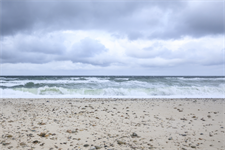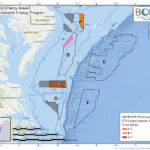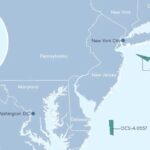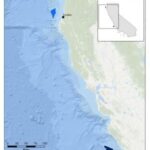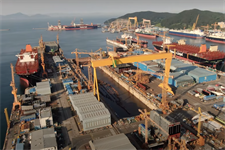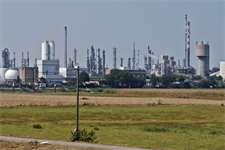Atlantic coast transmission network ‘will boost wind’ – DOE
Energy Disrupter
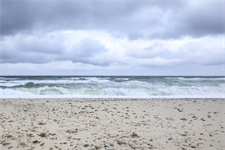
Strategically linking offshore wind projects via offshore transmission networks after 2030 will help lower electricity production costs and enhance grid reliability for east coast states in the US, it said.
The DOE published the two-year Atlantic offshore wind transmission study on 21 March, which is based on deploying 85GW of offshore wind off the Atlantic Coast by 2050, along with an Atlantic Offshore Wind Transmission Action Plan.
Immediate projects will connect individually to the onshore grid, while connecting offshore wind platforms together to create transmission networks after 2030 outweighs the costs by a ratio of at least two to one, the study found.
“Offshore wind energy development presents a unique opportunity to add transmission capacity to the east coast’s power system, with the highest benefit from offshore transmission connecting areas across grid regions,” the DOE said.
The department noted that this would allow offshore wind transmission “to provide energy to areas of high demand and reduce grid congestion” while increasing system reliability.
Power will flow “from lower-price regions to higher-price regions, reducing costs for consumers”, the DOE added, estimating a reduction in energy generation from fossil-fuel plants by 5.5-9.2TWh/year by 2050.
The study identifies potentially feasible transmission corridors, taking into consideration ocean co-use constraints such as military zones and shipping channels, as well as marine protected areas and artificial reefs.
Building offshore transmission in phases will help reduce development risk while early implementation of high-voltage direct current (HVDC) technology standards will support new transmission and facilitate future network expansion, it added.
The action plan confirms the initial findings released in late 2023 and outlines the immediate actions needed to connect the first generation of Atlantic offshore wind projects to the electricity grid.
These comprise the establishment of collaborative bodies that span the Atlantic coast region and the clarification of building blocks of transmission planning, including updating reliability standards and identifying where offshore transmission may interconnect with the onshore grid. Costs also need to be addressed.
Among the efforts needed to increase transmission over the next several decades, the DOE mentioned increased intra-regional coordination, shared transmission lines, and an offshore network of standardised HVDC interlinks that can “more efficiently bring critical, renewable offshore wind energy onshore”.

